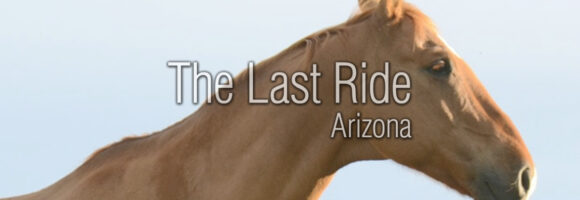Recognizing and Treating Heat Exhaustion in Your Horse

Caring for a horse in Arizona can be particularly difficult in the summer due to the hot Arizona temperatures. Heat exhaustion is one heat-related issue that can develop. This potentially life-threatening condition occurs when a horse becomes weak and tired due to an increase in body temperature combined with dehydration. Some of the symptoms to watch out for with this condition include:
- Elevated body temperature, typically anywhere from 102 to 105 degrees
- Excessive sweating
- Increase in breathing rate
- Increase in heart rate
- Lethargy
- Slowed gait
If your horse is showing any of these signs, it is important for you to get it out of the sun and into a well-ventilated area or in front of a fan. Hosing your horse down with cold water can also be beneficial. When using this method, you should use a sweat scraper to remove the excess water and then immediately repeat the process. This will help to keep the cold water consistently on the horse’s skin. If the water is left on the horse’s skin, it will warm up quickly and be less effective.
Of course, you should also allow your horse to periodically drink small amounts of water, too. You can allow your horse to drink as much as it likes once its vital signs are back down to near normal.